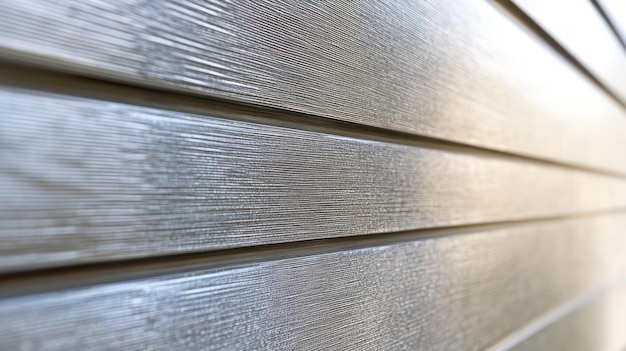When it comes to designing a buildings façade, the finish of the cladding is more than just an aesthetic choice—its a significant factor that can influence durability, maintenance, and energy efficiency. With a myriad of materials available, from sleek metals to warm woods and rugged stone, each option presents its own unique characteristics and benefits.
The decision-making process can feel overwhelming, as it involves not only personal taste but also consideration of the environment, building codes, and long-term performance. As you embark on this journey of selection, it’s essential to weigh the functional requirements alongside your vision for beauty, resulting in a harmonious blend of form and function that enhances both the structure and its surroundings.
Let’s explore the fundamental aspects to keep in mind when choosing the right finish for your cladding.
Types of Cladding Finishes

When selecting the perfect cladding finish, it’s essential to explore the various types available, each offering unique aesthetics and functionality. For instance, timber cladding exudes a natural warmth and charm, making it a popular choice for residential homes.
Alternatively, metal finishes, such as aluminum or stainless steel, provide a sleek, modern appearance and exceptional durability, often seen in commercial structures. Consider the timeless appeal of brick or stone veneer, which not only enhances the visual interest but also lends an air of permanence.
Meanwhile, synthetic materials like fiber cement and vinyl present versatility and low maintenance, catering to a variety of design preferences and environmental conditions. Your selection should harmonize with the overall architectural style, climate, and intended use of the building, striking a balance between beauty and resilience.
Matching Finishes to Architectural Styles
Choosing the right finish for cladding involves a delicate dance between aesthetic appeal and architectural integrity. For instance, a sleek, modern home with clean lines may necessitate a smooth, refined finish—think minimalistic metals or polished concrete that reflects its contemporary spirit.
In contrast, a rustic cabin calls for warmer, textured materials like weathered wood or stone, enhancing its earthy, organic presence. Don’t overlook the historic charm of traditional architecture, where ornate finishes like stucco or brick can evoke a sense of nostalgia while maintaining structural harmony.
By considering both the overall style and the unique character of each building, you can create a seamless blend that showcases the craftsmanship while enhancing the surroundings. Ultimately, the key lies in selecting finishes that not only complement but also elevate the architectural narrative, fostering a lasting impression.
Environmental Impact and Sustainability

When selecting the ideal finish for cladding, its essential to consider not only aesthetic appeal but also the environmental ramifications. Different materials and treatments can either exacerbate or mitigate ecological footprints; for instance, finishes derived from renewable resources offer a more sustainable choice compared to synthetic options laden with harmful chemicals.
The lifecycle of the materials—how they are sourced, manufactured, and ultimately disposed of—merits close examination, as even the most beautiful coat can mask a background of environmental degradation. Furthermore, finishes that enhance durability can reduce the need for frequent replacements, thereby curtailing waste and conserving resources over time.
In this tangled web of choices, prioritizing sustainable practices and finishes not only leads to a visually striking building but also contributes to a healthier planet for future generations.
Conclusion
In conclusion, selecting the appropriate finish for cladding is crucial to achieving both aesthetic appeal and functional integrity in any construction project. By carefully considering factors such as durability, maintenance, and environmental impact, architects and builders can make informed decisions that enhance the overall design.
Moreover, incorporating a kit of parts architecture allows for greater flexibility and adaptability in choosing finishes, ensuring that each element harmonizes with the entire structure. Ultimately, the right cladding finish not only elevates the visual character of a building but also contributes to its long-term performance and sustainability.


